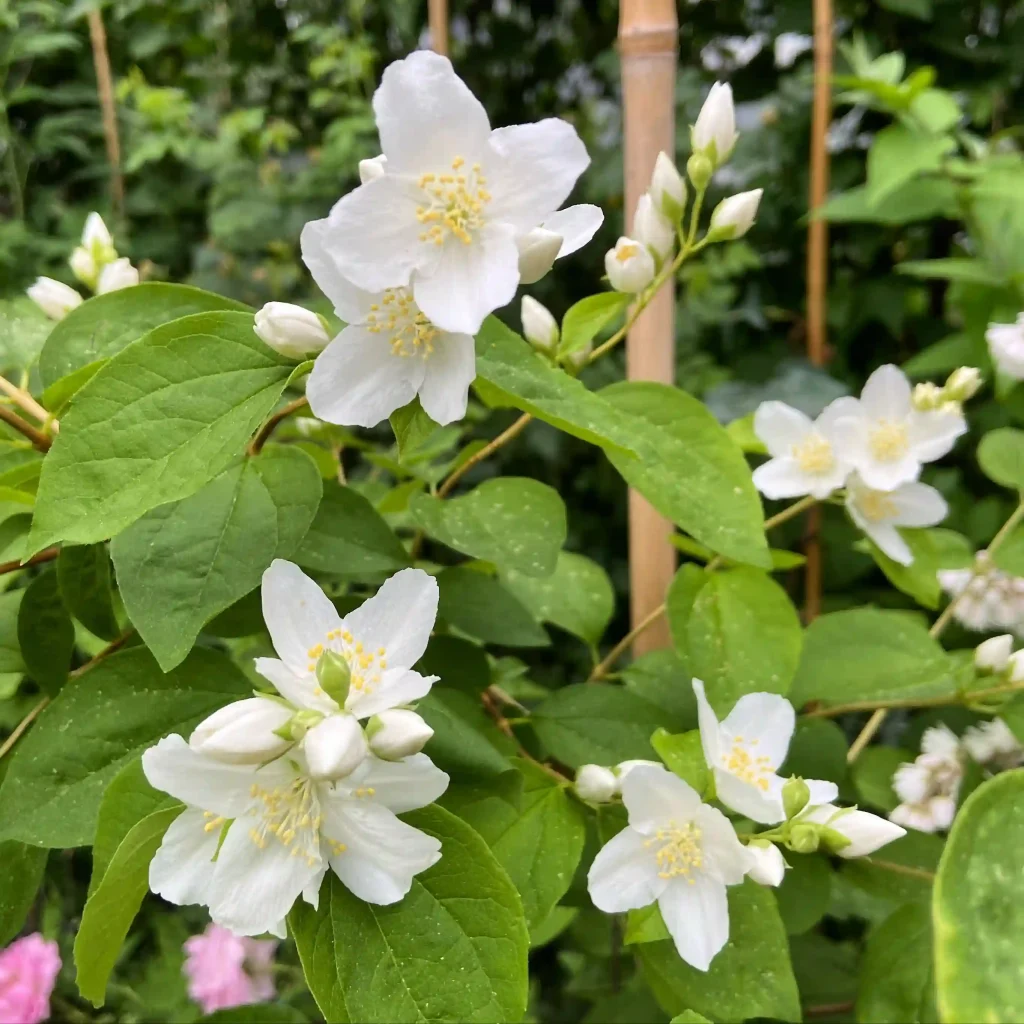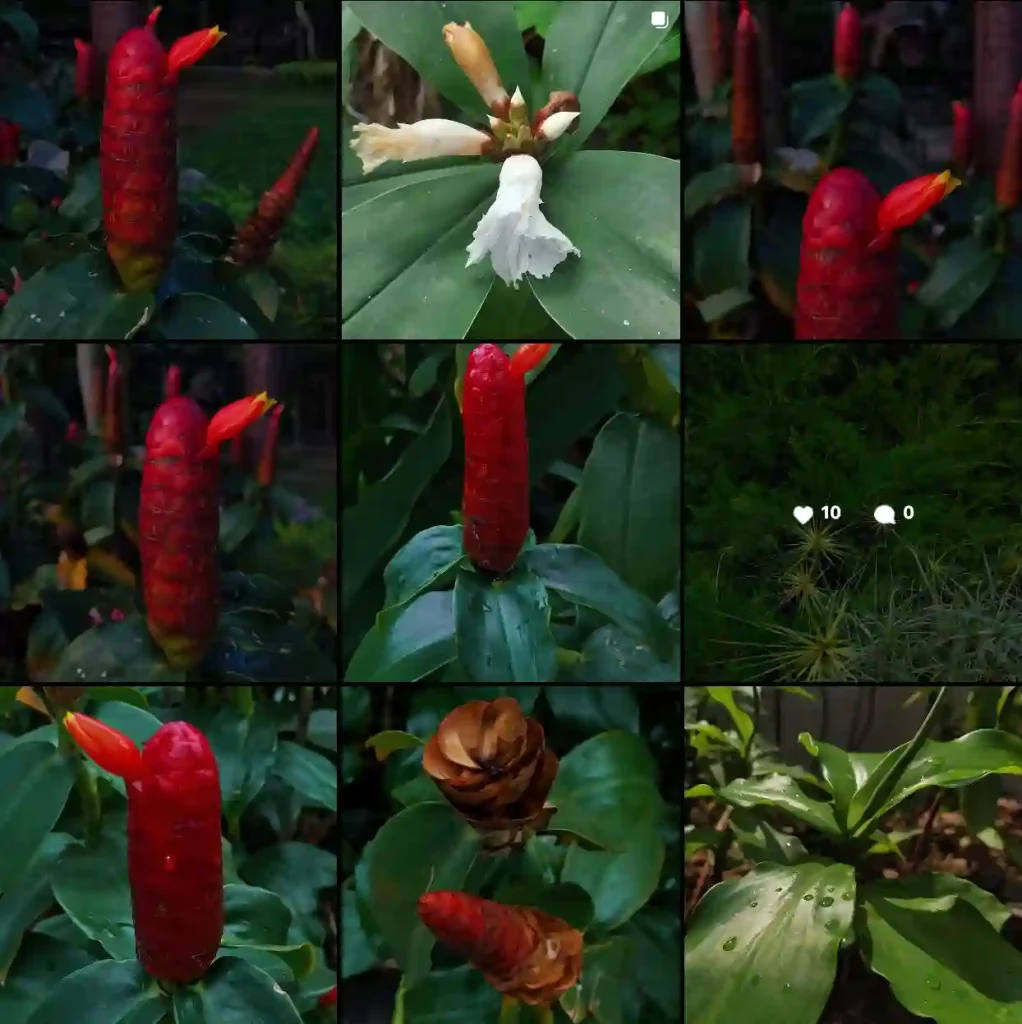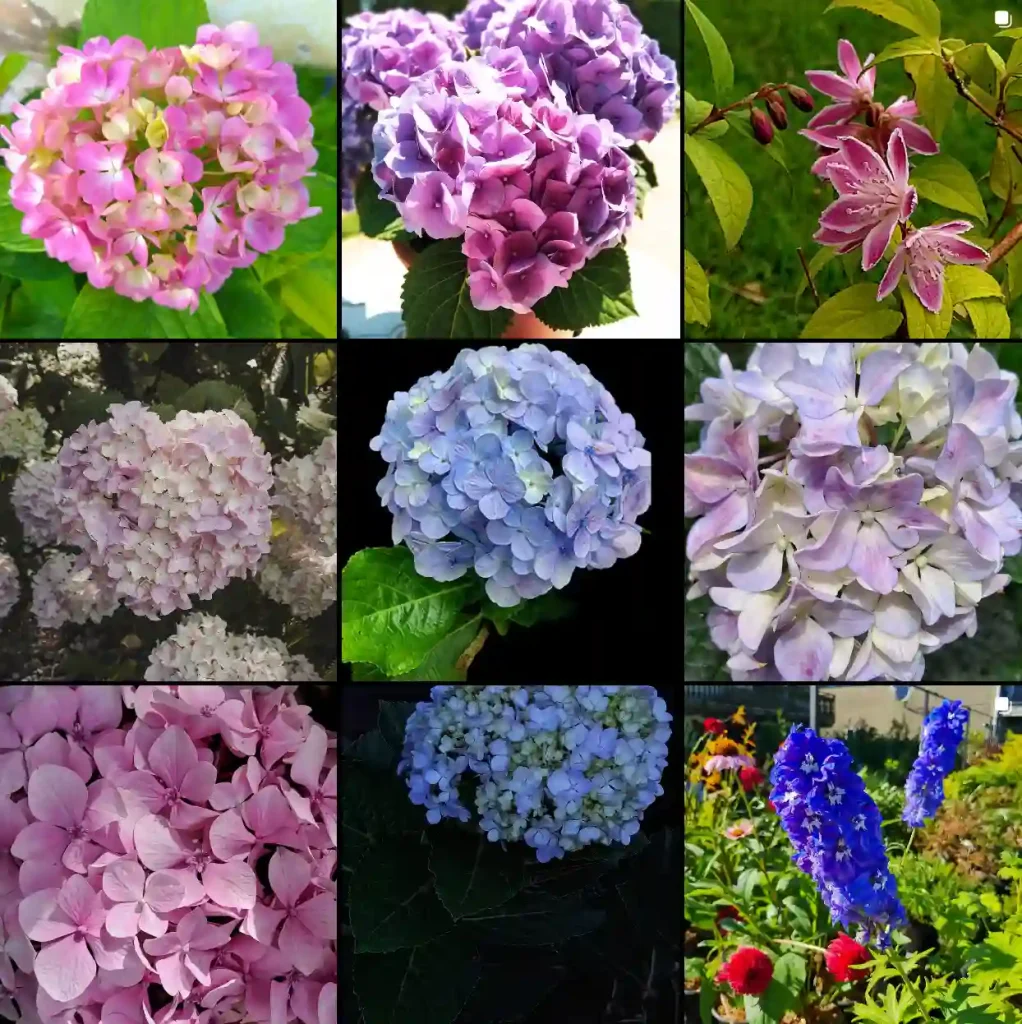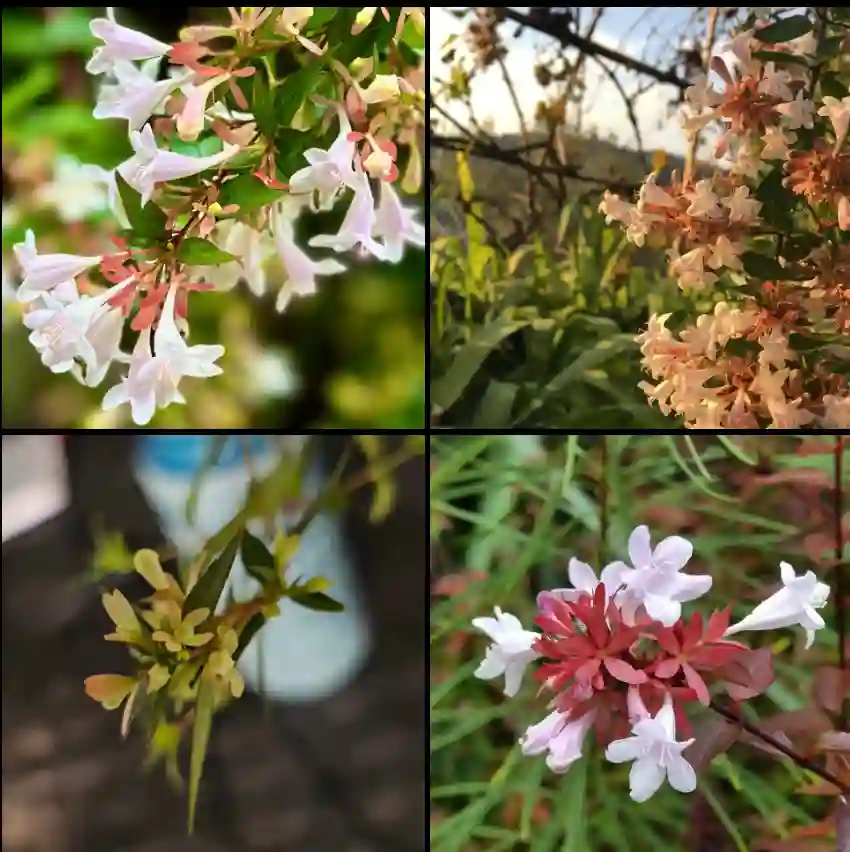Exploring the Lowiaceae Family: A Deep Dive into Orchidantha
As an avid plant enthusiast, I’ve always been fascinated by the diverse plant families that add texture and richness to the world of botany. One family that has captured my attention recently is the Lowiaceae. This family is not only unique in its characteristics but also home to a particularly intriguing genus—Orchidantha. In this post, I’ll take you through my personal experience with this plant family, how it fits into the botanical landscape, and what makes Orchidantha truly special.
Introduction to the Lowiaceae Family
The Lowiaceae family is relatively small, part of the order Zingiberales, which includes more well-known plants such as ginger and banana. However, what sets Lowiaceae apart is its rarity and specific adaptations to tropical environments. The family consists of a single genus, Orchidantha, which thrives in Southeast Asia’s humid, tropical forests. The name Lowiaceae honors British naturalist Sir Hugh Low, who significantly contributed to the study of tropical plants in Asia.
Understanding Orchidantha
Orchidantha, the sole genus within Lowiaceae, offers a unique glimpse into nature’s intricate designs. The name itself means “orchid flower,” though it is not related to orchids. What makes Orchidantha fascinating is its appearance and function. The flowers resemble orchids in their intricate, delicate structure, but these plants are adapted to life in the dark, moist, understory of tropical rainforests.
When I first encountered Orchidantha, I was immediately struck by its unusual shape and color. Most Orchidantha species have dark, almost black flowers that are adapted for pollination by carrion flies, mimicking the appearance and scent of decaying organic matter. This adaptation might sound strange, but it’s a testament to the plant’s survival strategy in environments where traditional pollinators, such as bees and butterflies, might be less prevalent.
Habitat and Distribution
Orchidantha species are primarily found in the tropical regions of Southeast Asia, particularly in Malaysia, Thailand, Borneo, and parts of Indonesia. The dense rainforest floor, with its low light and high humidity, provides the ideal growing conditions for these plants. What’s particularly fascinating to me is how Orchidantha has evolved to thrive in such specific conditions. The long, glossy leaves are adapted to capture as much sunlight as possible, while the unique floral structure ensures successful pollination in these dimly lit environments.
As a plant lover, I always appreciate how nature designs plants to fit perfectly within their ecosystems, and Orchidantha is no exception. Its ability to flourish in the shadows of towering rainforest trees is a prime example of botanical adaptation at its finest.
Key Orchidantha Species
Over the years, I’ve come across a few Orchidantha species that have stood out to me, each with its own distinct characteristics. Some of the more well-known species include:
Orchidantha fimbriata
This species is one of the most visually striking. The flowers are large and deep maroon in color, with fringed edges, hence the name “fimbriata.” I’ve found that Orchidantha fimbriata grows best in very humid environments, so if you’re thinking of cultivating it, ensuring consistent moisture and filtered light is crucial.
Orchidantha siamensis
Native to Thailand, Orchidantha siamensis has smaller, pale greenish flowers. This species is somewhat less demanding than Orchidantha fimbriata but still requires a shaded, humid environment to thrive. It’s an excellent option for gardeners looking to experiment with a rarer, more exotic plant.
Orchidantha laotica
This species, as the name suggests, is native to Laos and has striking white flowers. Orchidantha laotica tends to be slightly more adaptable to a range of growing conditions, making it one of the more accessible species for collectors. In my experience, Orchidantha laotica performs well in greenhouses where humidity levels are easier to control.
Cultivation Tips
If you’re looking to grow Orchidantha, it’s important to remember that these are tropical plants with very specific needs. I’ve found that the key to success with Orchidantha is replicating their natural habitat as closely as possible.
Here are a few tips from my experience:
- Humidity: Orchidantha thrives in high humidity environments, so keeping a humidifier nearby or misting the plant regularly is essential.
- Shade: These plants prefer shaded areas, as they naturally grow on the rainforest floor. Direct sunlight can scorch the leaves, so I recommend placing them in a spot that receives filtered or dappled light.
- Soil: Well-draining, rich soil is a must. In nature, these plants grow in decaying leaf matter, so adding organic compost to your soil mix will provide them with the nutrients they need.
- Watering: Keep the soil consistently moist, but be careful not to let it become waterlogged. Orchidantha roots are prone to rot if left in soggy conditions.
Orchidantha’s Role in the Ecosystem
One of the aspects I admire most about Orchidantha is its symbiotic relationship with its ecosystem. By mimicking the appearance and smell of decaying matter, these plants attract specific pollinators—carrion flies—that would not typically visit traditional flowers. This specialization has allowed Orchidantha to occupy a unique niche within its environment, contributing to the biodiversity of the tropical forests where it resides.
In a way, Orchidantha reminds me of how important it is to appreciate the lesser-known, often overlooked plant species that play crucial roles in their ecosystems. They might not be as showy as orchids or as fragrant as roses, but their subtle beauty and intricate adaptations make them just as important in the grand scheme of nature.
Final Thoughts
The Lowiaceae family, particularly the genus Orchidantha, has deepened my appreciation for the complexity of tropical plants. Although not as widely recognized as other plant families, Orchidantha stands out to me for its adaptability and its role in maintaining ecological balance within the rainforests. Whether you’re an experienced plant collector or just starting out, Orchidantha offers a rewarding challenge and a chance to learn about nature’s brilliant designs. If you’re looking to add something rare and unique to your collection, this is definitely a genus worth exploring.
If i die, water my plants!



